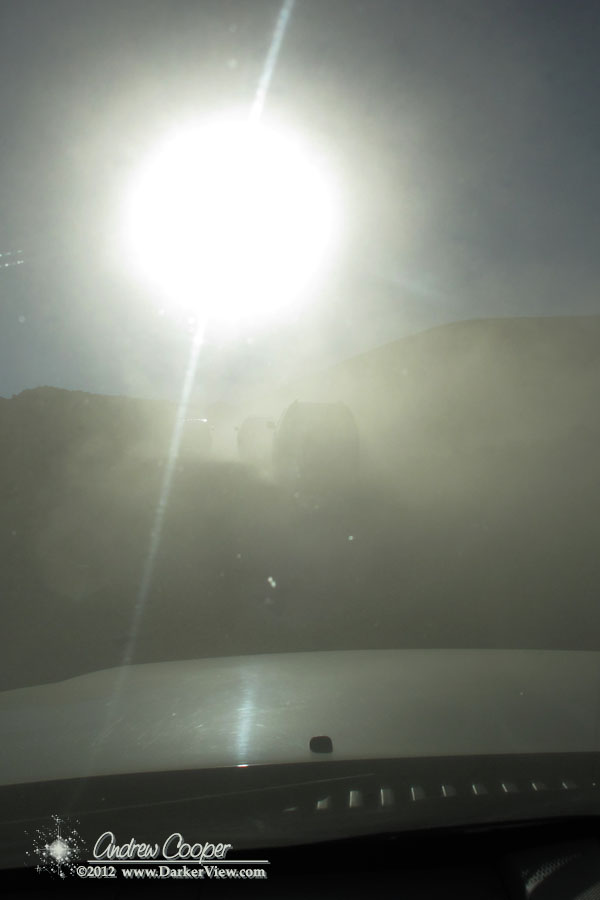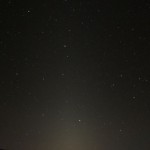W. M. Keck Observatory press release…
A new study from the Keck Interferometer, a former NASA project that combined the power of the twin W. M. Keck Observatory telescopes atop Mauna Kea, Hawaii, has brought exciting news to planet hunters. After surveying nearly 50 stars from 2008 to 2011, scientists have been able to determine with remarkable precision how much dust is around distant stars – a big step closer into finding planets than might harbor life. The discovery is being published in the Astrophysical Journal online, on December 8th.

The Keck Interferometer was built to seek out this dust, and to ultimately help select targets for future NASA Earth-like planet-finding missions.
Like planets, dust near a star is hard to see. Interferometry is a high-resolution imaging technique that can be used to block out a star’s light, making the region easier to observe. Light waves from the precise location of a star, collected separately by the twin 10-meter Keck Observatory telescopes, are combined and canceled out in a process called nulling.
“If you don’t turn off the star, you are blinded and can’t see dust or planets,” said co-author Rafael Millan-Gabet of NASA’s exoplanet Science Institute at the California Institute of Technology in Pasadena, California, who led the Keck Interferometer’s science operations system.
Continue reading “Scientists Accurately Quantify Dust Around Planets in Search for Life”


